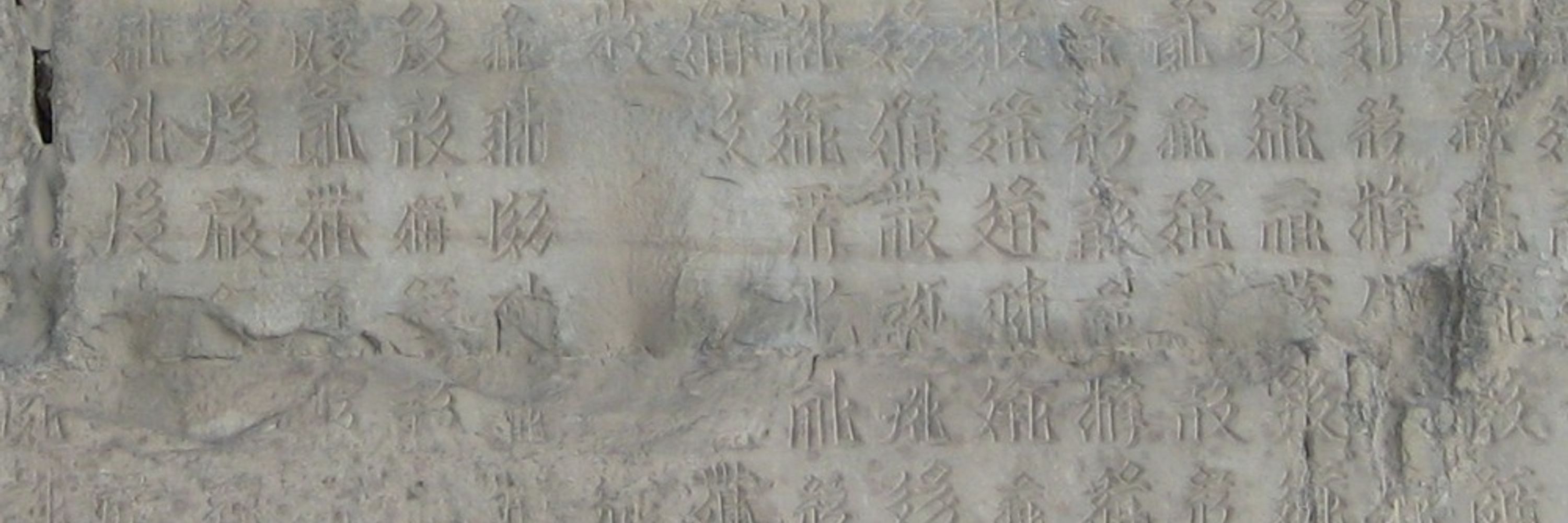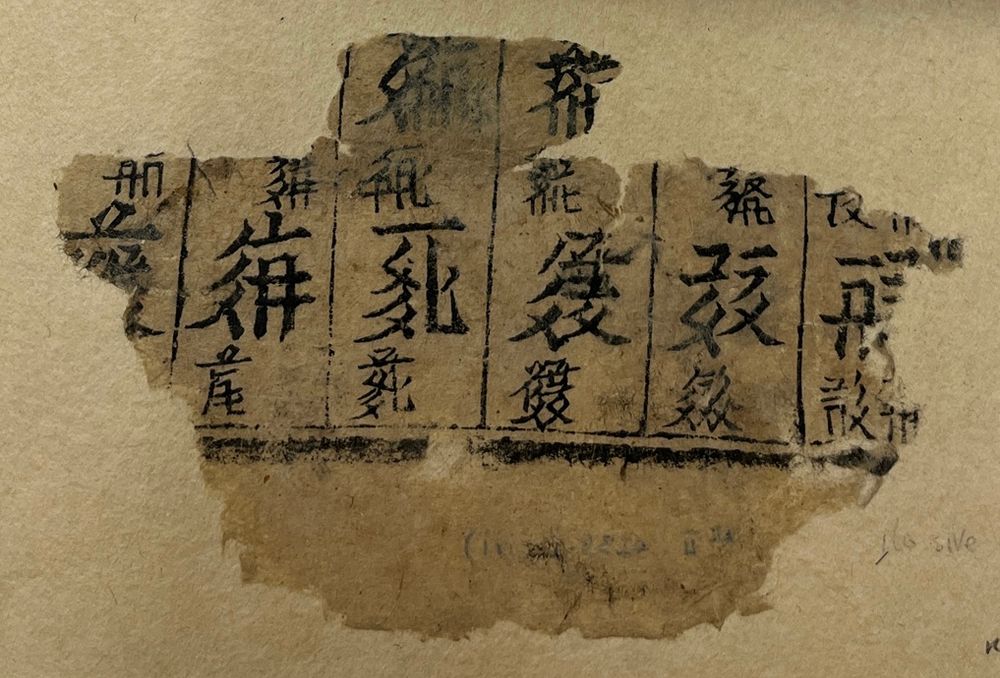
https://orcid.org/0000-0002-2063-7389











![Notice of forthcoming publication of Handbook of Epigraphic Cultures [ISBN 978-3-11-124094-7] in three volumes, publication date February 2026](https://cdn.bsky.app/img/feed_thumbnail/plain/did:plc:7v2mqh7dhocngomglc7mhl6g/bafkreidpwp5rpif352h7weym2izlppyy3dmzffc5jhjeqdanba7maw3lzq@jpeg)
![Flyer publicizing two forthcoming Handbooks on Material Text Culture from De Gruyter: Handbook of Medieval Book Ornament [ISBN 978-3-11-141107-1] and Handbook of Epigraphic Cultures (3 volumes) [ISBN 978-3-11-124094-7]](https://cdn.bsky.app/img/feed_thumbnail/plain/did:plc:7v2mqh7dhocngomglc7mhl6g/bafkreieitzyb7auatvu2bfnkhs4cku2qwjdimhiu37ypjaixtoc44wvpty@jpeg)












Works just like the mobile app.
Install this app on your iPhone: tap the share button and then Add to Home Screen.
Tap the Share button
in Safari's toolbar
Select "Add to Home Screen"
from the menu
Tap "Add"
The app will appear on your home screen












![Notice of forthcoming publication of Handbook of Epigraphic Cultures [ISBN 978-3-11-124094-7] in three volumes, publication date February 2026](https://cdn.bsky.app/img/feed_thumbnail/plain/did:plc:7v2mqh7dhocngomglc7mhl6g/bafkreidpwp5rpif352h7weym2izlppyy3dmzffc5jhjeqdanba7maw3lzq@jpeg)
![Flyer publicizing two forthcoming Handbooks on Material Text Culture from De Gruyter: Handbook of Medieval Book Ornament [ISBN 978-3-11-141107-1] and Handbook of Epigraphic Cultures (3 volumes) [ISBN 978-3-11-124094-7]](https://cdn.bsky.app/img/feed_thumbnail/plain/did:plc:7v2mqh7dhocngomglc7mhl6g/bafkreieitzyb7auatvu2bfnkhs4cku2qwjdimhiu37ypjaixtoc44wvpty@jpeg)














Enter your Bluesky handle and app password to unlock posting, likes, and your Following feed.
Need an app password? Open Bluesky, go to Settings > App passwords, and create a new one.


Sign in with your Bluesky account to unlock posting, likes, and your Following feed.